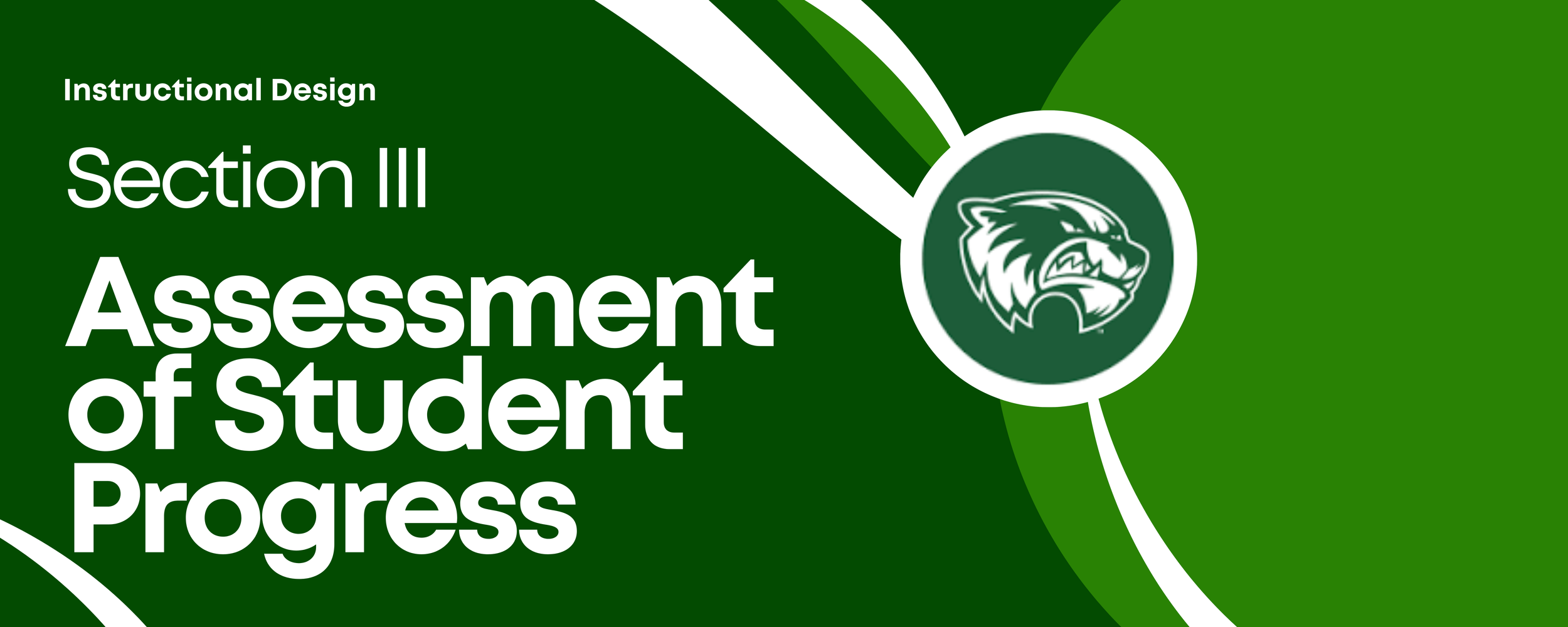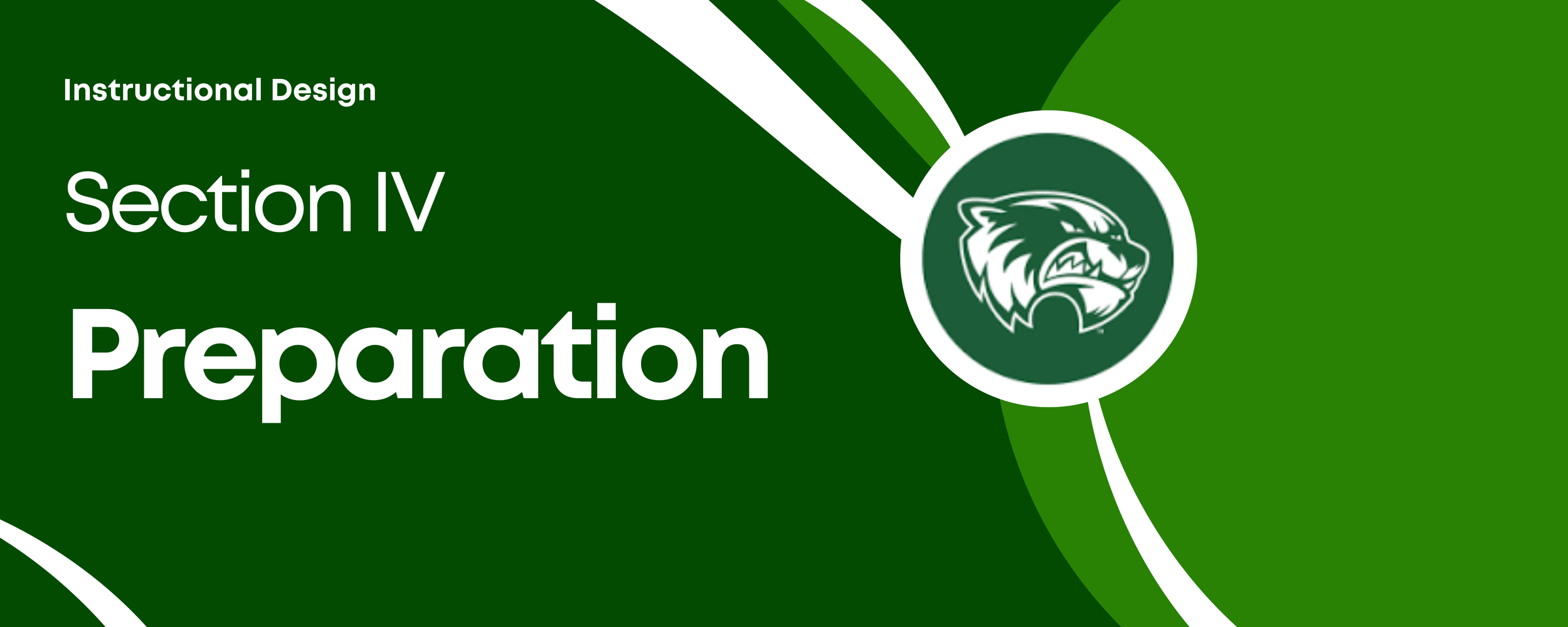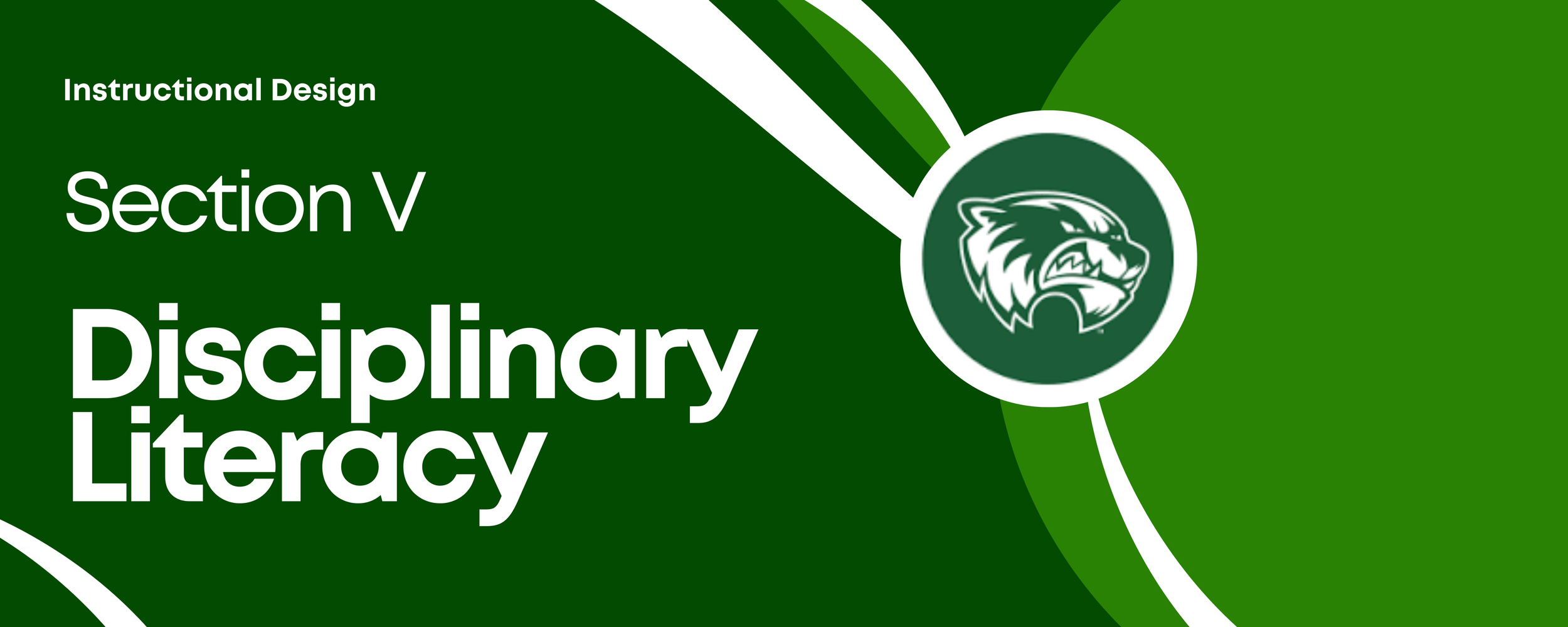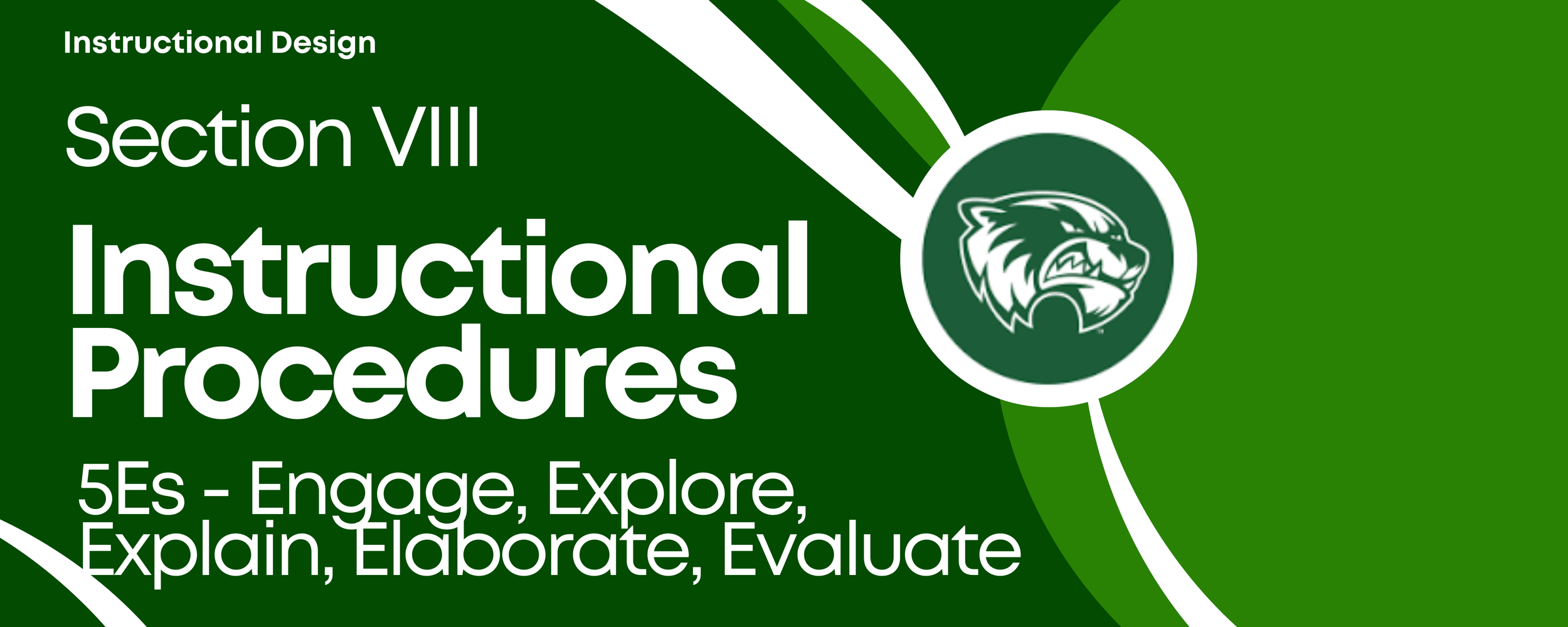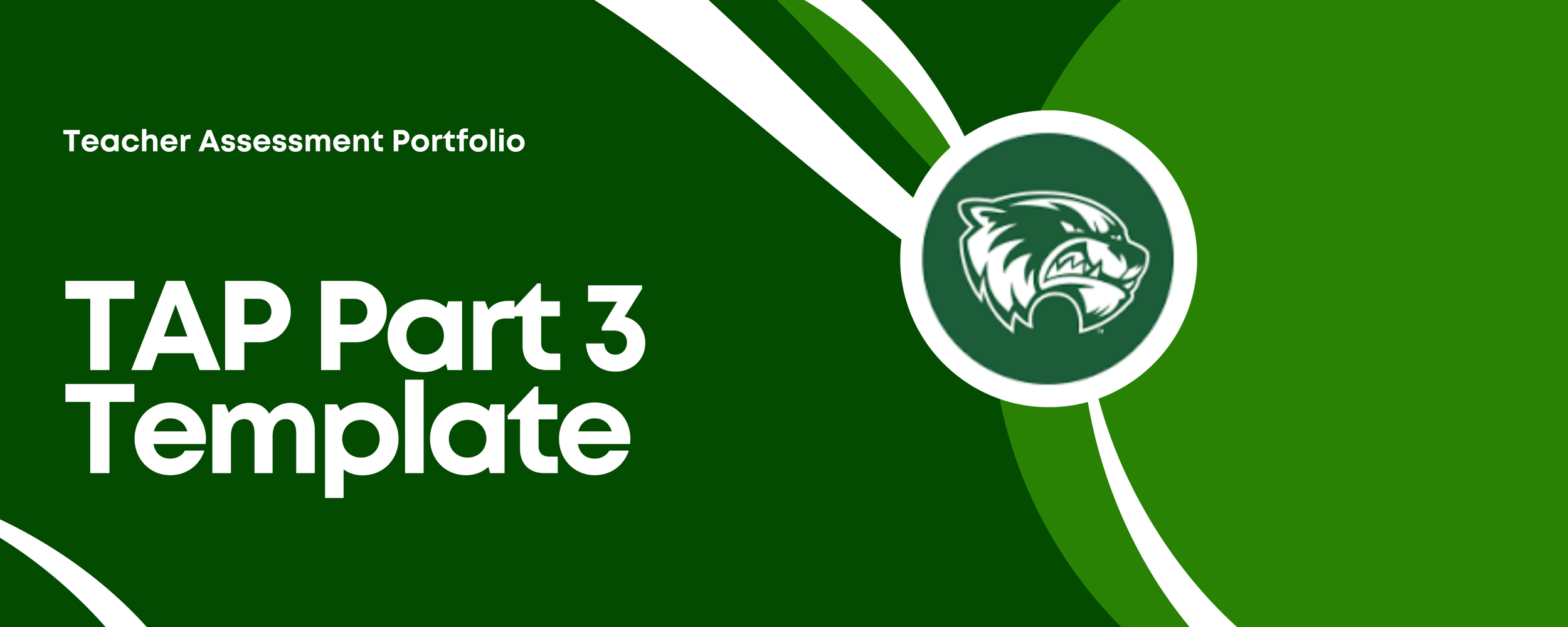-

Direct Instruction + Guided Instruction
This type of instructional design uses direct instruction (teaching students new concepts using explicit teaching techniques) with guided instruction (the time students spend practicing new material with teacher support).
Direct Instruction + Guided Instruction Template (Google Docs)
Direct Instruction + Guided Instruction Rubric (Google Docs)
-

Launch + Explore + Summarize
Typically used for math instruction, the Launch+Explore+Summarize framework is structured around three phases: Launch - connecting prior knowledge and presenting students with a challenge, Explore - giving students time to work and the teacher time to focus on individual students and plan for the summary, and Summarize - the teacher orchestrating a discussion and reflecting on student learning.
-

The 5Es
Developed in the late 1980s for science instruction, the 5Es model focuses on five phases of a lesson: Engage - accessing prior knowledge and engaging interest, Exploration - students participating in an activity that facilitates conceptual change, Explain - students generating an explaining the phenomenon with teacher support (often a mini-lesson), Elaborate - challenging and deepening understanding through new experiences, and Evaluate - assessing students’ understanding of the phenomenon.


